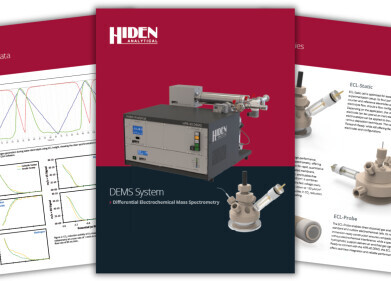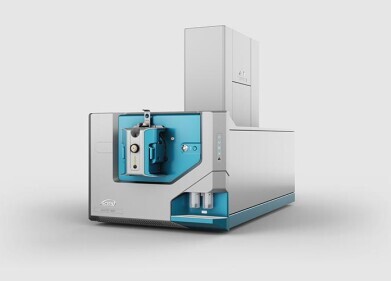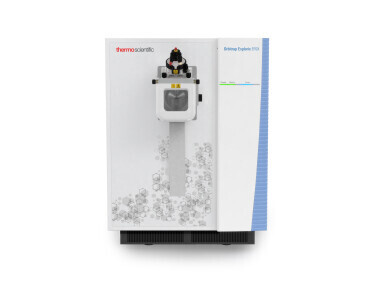Mass spectrometry & spectroscopy
What is the Best Material for a Face Mask?
Aug 10 2020
From Melbourne to Amsterdam, as COVID-19 continues to claim lives masks are becoming mandatory in cities around the world. While scientific research suggests face coverings are an effective way to stop the spread of the disease, not all masks are created equal.
As masks become more commonplace around the world, new research from the University of Arizona has addressed some important questions about face masks and the most effective materials to use. The findings were published in the Journal of Hospital Infection, with lead author Amanda Wilson explaining the variations between different materials.
"N99 masks, which are even more efficient at filtering airborne particles than N95 masks, are obviously one of the best options for blocking the virus, as they can reduce average risk by 94-99% for 20-minute and 30-second exposures, but they can be hard to come by, and there are ethical considerations such as leaving those available for medical professionals," says Wilson, an environmental health sciences doctoral candidate in the Department of Community, Environment and Policy at the University of Arizona.
Vacuum cleaner filters an effective alternative
In the absence of an N99 or N95 mask, Wilson says inserting vacuum cleaner filters into basic cloth masks significantly reduces the risk of infection by 83% during a 30-second exposure period. Other effective materials include tea towels, antimicrobial pillowcases and cotton-blend fabrics.
Wilson says length of exposure plays an important role in the risk factor, as does distance to an infected person. While larger and heavier droplets fall out of the air faster, smaller and lighter droplets spread by sneezing, coughing and talking can travel much further. Other factors include humidity, which can cause aerosols to shrink in dry conditions or thrive in hotter and wetter environments.
Masks an effective way to reduce risk, say experts
One thing is certain – masks are an effective way to stop the spread in highly contaminated environments. After 20 minutes of exposure to the virus, the team found masks reduced the risk of infection by between 24% and 94%. In just 30 seconds, wearing a mask was shown to reduce the risk of infection by 44% to 99%.
“Don't go to a bar for four hours and think you're risk free because you're wearing a mask. Stay home as much as possible, wash your hands often, wear a mask when you're out and don't touch your face,” asserts Wilson.
Science will play a critical role in the race to find a vaccine or treatment for COVID-19. With commentary from Keith Sanderson and Dr David Fairhurst on behalf of Sanderson Technology Ltd, ‘The Physical Characterisation of Suspensions and Slurries’ explores the importance of finetuning the dilution process using NMR relaxation.
Digital Edition
Lab Asia Dec 2025
December 2025
Chromatography Articles- Cutting-edge sample preparation tools help laboratories to stay ahead of the curveMass Spectrometry & Spectroscopy Articles- Unlocking the complexity of metabolomics: Pushi...
View all digital editions
Events
Jan 21 2026 Tokyo, Japan
Jan 28 2026 Tokyo, Japan
Jan 29 2026 New Delhi, India
Feb 07 2026 Boston, MA, USA
Asia Pharma Expo/Asia Lab Expo
Feb 12 2026 Dhaka, Bangladesh



















